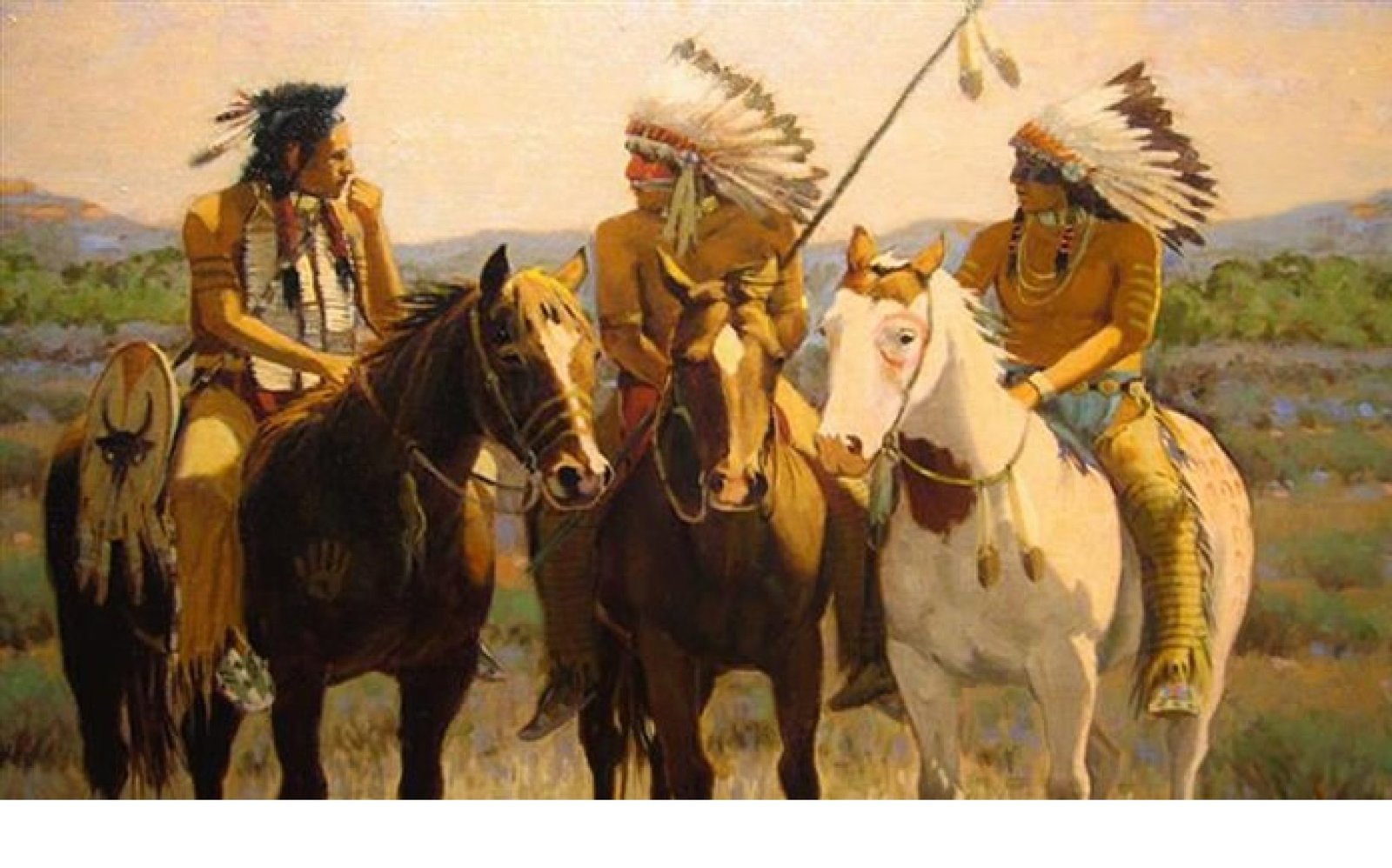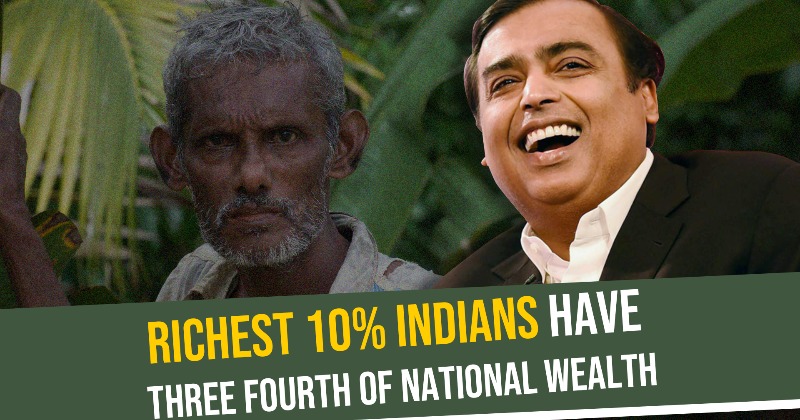Uncovering the Wealth of Indigenous Nations: Exploring the Richest Native Tribes
Uncovering the Wealth of Indigenous Nations: Exploring the Richest Native Tribes

The narrative of Indigenous peoples often centers around struggle, displacement, and cultural erosion. While these experiences are undeniably significant, it’s crucial to acknowledge the incredible resilience and economic prowess of many Native American tribes. This article delves into the fascinating world of wealthy Indigenous nations, exploring their diverse sources of wealth, from casinos and energy resources to land ownership and cultural preservation.
Beyond Stereotypes: The Complex Reality of Indigenous Wealth
Related Articles: Uncovering the Wealth of Indigenous Nations: Exploring the Richest Native Tribes
- Unraveling The Mystery: How Some Indians Have Blue Eyes
- Unveiling The Wealth Of Indigenous Nations: Exploring The Richest Indian Tribes In The United States
- The Tepehuán: Guardians Of The Sierra Madre Occidental
- The Missing Billionaires: Exploring The Underrepresentation Of Native Americans In The World Of Wealth
- The Shakopee Mdewakanton: A Look At Their Wealth And The Factors Behind It
The term "wealth" when applied to Native tribes can be nuanced. It encompasses not just financial resources but also cultural heritage, land ownership, and self-determination. This multifaceted understanding challenges the often-oversimplified portrayal of Indigenous communities as impoverished and reliant on government assistance.
The Rise of Tribal Casinos: A Controversial Source of Wealth
One of the most visible sources of wealth for many tribes is the gaming industry. The Indian Gaming Regulatory Act (IGRA) of 1988 granted tribes the right to operate casinos on their lands, offering a significant economic opportunity. This has led to the development of thriving casino resorts, generating revenue for tribal governments and fostering economic growth in surrounding communities.
However, the rise of tribal casinos has not been without controversy. Critics argue that casinos can contribute to gambling addiction and social problems, while others question the ethical implications of profiting from an industry that often exploits vulnerable individuals.
Beyond Casinos: Diverse Sources of Tribal Wealth
While casinos are prominent, they are not the sole source of wealth for Indigenous nations. Many tribes have diversified their economic portfolios, venturing into sectors like:
- Energy Resources: Tribes located on land rich in oil, gas, and mineral resources have leveraged these assets to generate substantial revenue. This has led to the creation of tribal-owned energy companies and partnerships with major corporations.
- Land Ownership: Tribes hold significant land ownership, including vast tracts of forested areas, agricultural lands, and water rights. These resources generate income through forestry, agriculture, and water management.
- Tourism and Cultural Heritage: Many tribes have capitalized on their unique cultural heritage, offering tourism opportunities like cultural tours, museums, and traditional crafts. This fosters economic growth while preserving and promoting Indigenous culture.
- Technology and Innovation: Some tribes have embraced technology, establishing tech companies, developing innovative solutions, and investing in digital infrastructure.
- Healthcare and Education: Tribes are investing in healthcare and education systems, providing essential services to their communities and generating revenue through healthcare facilities and educational institutions.


Case Studies: Thriving Indigenous Nations
Several Native American tribes stand out as examples of economic success:
- The Cherokee Nation: With a diversified economy, the Cherokee Nation has invested in energy, healthcare, technology, and tourism. The tribe has a strong educational system, a robust gaming industry, and owns a significant portion of land in Oklahoma.
- The Seminole Tribe of Florida: The Seminole Tribe is known for its successful gaming operations, with casinos generating significant revenue. They also invest in agriculture, tourism, and healthcare, contributing to the economic well-being of their community.
- The Navajo Nation: The largest Native American tribe in the United States, the Navajo Nation holds vast land resources, including oil and gas reserves. They have also diversified into tourism, energy, and agriculture, fostering economic development.

Challenges and Opportunities
Despite these success stories, Indigenous nations face significant challenges in their quest for economic prosperity. These include:
- Historical Dispossession: The loss of ancestral lands and resources due to colonization continues to impact Indigenous economic development.
- Limited Access to Capital: Native tribes often face difficulty securing loans and investments due to historical discrimination and bureaucratic hurdles.
- Lack of Infrastructure: Many reservations lack adequate infrastructure, including roads, electricity, and internet access, hindering economic growth.
- Cultural Preservation: Balancing economic development with cultural preservation is a constant challenge, as traditional values and practices need to be protected.
Moving Forward: A Path Towards Sustainable Development
To address these challenges and create a more equitable future, Indigenous nations are actively pursuing strategies for sustainable economic development:
- Investing in Education and Workforce Development: Equipping Indigenous youth with the skills and knowledge needed to succeed in the modern economy is crucial.
- Promoting Entrepreneurship and Business Development: Supporting Indigenous entrepreneurs and businesses is vital for economic growth and job creation.
- Strengthening Tribal Governance: Developing effective tribal governments capable of managing resources, promoting economic development, and advocating for tribal interests is essential.
- Advocating for Federal Policy Changes: Addressing historical injustices and advocating for policies that support Indigenous self-determination and economic empowerment is vital.
Conclusion: Celebrating Indigenous Resilience and Prosperity
The stories of wealthy Native American tribes demonstrate the remarkable resilience, resourcefulness, and entrepreneurial spirit of Indigenous peoples. Their success challenges the often-negative stereotypes and highlights the potential for Indigenous nations to thrive in a world that has historically marginalized them. By recognizing their achievements, fostering economic opportunities, and supporting their self-determination, we can contribute to a future where Indigenous communities flourish and their voices are heard.
FAQs
Q: What are the richest Native American tribes in the United States?
A: While specific rankings can be difficult to determine due to varying definitions of wealth, some of the wealthiest Native American tribes in the United States include the Cherokee Nation, the Seminole Tribe of Florida, the Navajo Nation, and the Mashantucket Pequot Tribe.
Q: How do Native American tribes generate revenue?
A: Native American tribes generate revenue through various means, including gaming, energy resources, land ownership, tourism, healthcare, education, and technology.
Q: What are the challenges faced by Native American tribes in achieving economic prosperity?
A: Native American tribes face challenges such as historical dispossession, limited access to capital, lack of infrastructure, and the need to balance economic development with cultural preservation.
Q: What are some ways to support economic development for Native American tribes?
A: Supporting economic development for Native American tribes can be done by investing in education and workforce development, promoting entrepreneurship and business development, strengthening tribal governance, and advocating for federal policy changes that support Indigenous self-determination and economic empowerment.

Closure
Thus, we hope this article has provided valuable insights into Uncovering the Wealth of Indigenous Nations: Exploring the Richest Native Tribes. We appreciate your attention to our article. See you in our next article!


